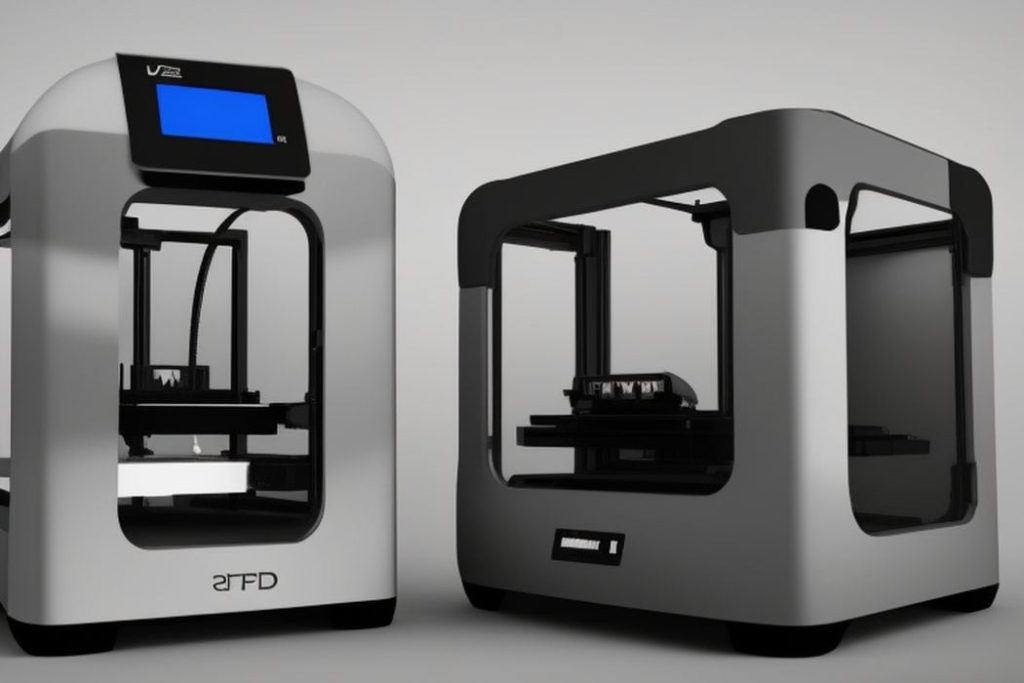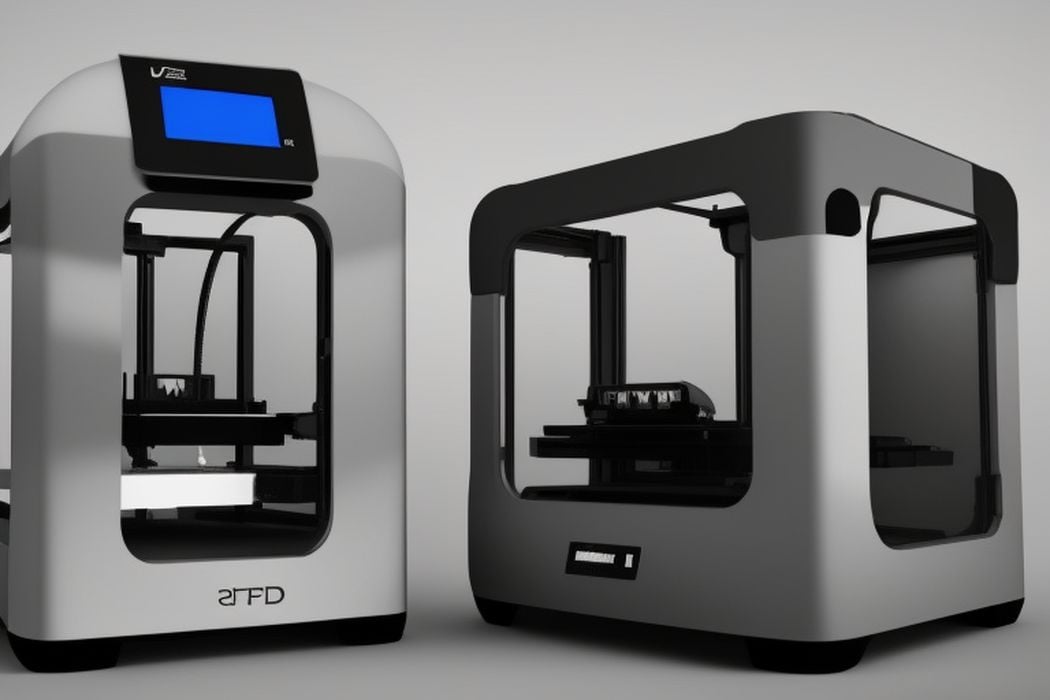
Are 3D printer prices rising or falling? It’s not an easy question to answer.
I’m looking at a summary of a report from CONTEXT that describes their view of the 3D printing revenues obtained by various classes of equipment manufacturers.
Their summary indicates that revenues increased in all segments: industrial, professional, personal and kit & hobby in the third quarter of 2022. But, puzzlingly, the number of units shipped mostly dropped. They list these changes in shipments for each segment:
- Industrial: +2%
- Professional: -7%
- Personal: -11%
- Kit & Hobby: -3%
They explain the Kit & Hobby segment:
“Growth in these low-end segments has significantly decelerated since the pandemic boom with both the Personal and the Kit & Hobby segments continuing to be dominated by market share leader Creality. Personal shipments fell -11% in the period. Kit & Hobby shipments were down -3% in the period, were down -10% from Q3 2020 (the pandemic boom) and were generally flat (up +2%) on a trailing twelve month’s basis. A significant bright spot is the emergence of Bambu Lab which, in Q3 2022, began shipping against its super-successful Kickstarter campaign that raised $7.1M against 5,513 pre-orders at ~$1,200 apiece. Only two previous crowdsourced 3D printer initiatives have bettered this: Anker ($8.9M) and Snapmaker ($7.8M).”
This is indicative of the unit price of equipment rising, since you’re counting more revenue against fewer units.
Is this really the case?
The short answer is maybe. We’ve seen several companies officially raise pricing slightly, but that’s not all to the story.
A major factor that convolutes this analysis is that many of the mega-producers of smaller desktop units are constantly changing models. Creality, for example, produced so many different models last year I can’t even keep track.
Here’s the problem: when a new model comes out, it inevitably has more features and doodads on it, making it a “better” machine. It could cost more because of that.
This means you’re getting more machine for more dollars. We could even say that the machine changed more than the price shifted. The value per dollar of purchase could be the same, or perhaps even better.
So is a more expensive 3D printer a bad thing if you’re getting a lot more for your additional money?
Another complicating factor is that the swift introduction of new equipment models means that these companies must also dispose of existing inventory of older models. This means there is a substantial decrease in the average unit sold price due to discounted models: they drop the price to flush their inventory.
This practice is done so frequently that I am certain there are large numbers of individuals simply waiting for these sales events to pick up more devices.
All of this distorts the unit price analysis, and really makes it hard to determine whether 3D printer prices are really rising or not.
A better way to analyze the unit pricing would be to establish a “standard configuration” that could track pricing more consistently by comparing apples to apples. This is done to analyze grocery pricing, where a “shopping basket” price is monitored over time.
Unfortunately, this won’t work in the desktop 3D printer industry, because the features on models change so quickly it would be hard to even find a “standard configuration” model after a year or so of product evolution.
The bottom line here is the same as any other tech purchase: buy the right tool when you need it. If it provides value, it’s a good purchase.
Via CONTEXT

